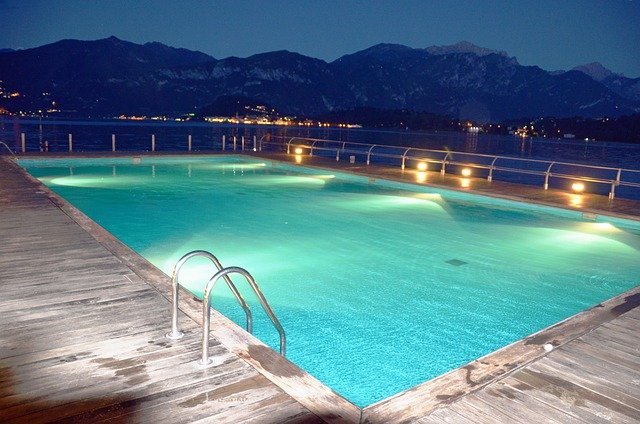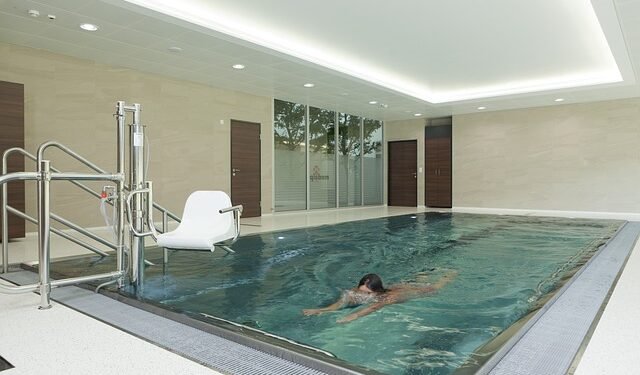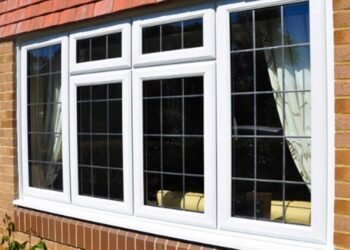Several variables play into the calculations for the final price point when installing a swimming pool in the garden. While a standard inground pool can be averaged at roughly “$35,000, the costs can fall as low as $20,000 or increase to as high as $200,000.” The variables include pool type, your location, and customization.
When trying to figure out how much your pool will cost, your contractor will assess these factors to calculate a rough estimate. This enables you to compare quotes to find the best value for the most competitive rates.
The most reputable, quality contractor will be transparent about costs, fees, and charges so you know where your money is going. This allows you to make adjustments to reduce costs, such as changing the pool size or simplifying the design, if these create a higher expense.
Here, we’ll examine the factors that pool contractors use to calculate an inground pool estimate.
Factors To Impact an Inground Pool Estimate
Among the most popular home improvement projects is installing an inground pool, which creates a peaceful garden oasis. The primary consideration is budget and what factors the pool contractor will consider when calculating the estimate to stay within that budget.
Primary variables include your location, the pool type, and customization, among others, revealed with the price calculations, including labor and materials. A reputable contractor will be transparent with an itemized quote so you know where the money will go.
This will allow you to make the most informed decision, cutting costs where you can to keep the design and installation within your designated budget.
Visit https://www.nbc.ca/personal/advice/home/pools-true-cost.html to learn how much an inground pool actually costs. Then, follow along for some of the installation factors to consider when making an initial plan and establishing a budget.
The size
The structure’s size will determine a large portion of the pool’s cost. There’s no real limit to pool sizes, but a massive pool is unnecessary unless you have a huge home and need the pool to balance the structure.
Some people want a larger pool when they use it for lap swimming or if they plan to hold many events or parties by the pool.
Otherwise, the size can be smaller. Swimming laps and using the structure for fitness are still possible in a small pool. Many adults sit by the pool and might wade periodically, but the kids tend to use it more often for swimming and playing.

The materials
The materials will play a part as to how much the pool will ultimately cost. Concrete, fiberglass, and vinyl are commonly used for pool construction. Concrete is the most expensive primarily because it’s extremely durable and offers flexibility with design and shape.
Fiberglass and vinyl are the lowest price options and have the least customization compared to the concrete option. Still, each offers individual pros and cons with varying price points in each category depending on style, shape, and size.
Energy efficiency
Most people today want to reduce their carbon footprint as much as possible and decide to install an energy-efficient inground pool. With this option comes considerable cost since it will require “multi-speed pumps, oversized filtration, and customized piping.”
While you have a higher initial upfront investment, your costs will be lower in the long run with lower utility costs, extended lifespan for the equipment, and easy maintenance.
The house location
Your house location can play a role in the price point of inground pool installation. It doesn’t always have a huge impact in most areas, but the suggestion is that it can be roughly 15 percent more expensive to install a pool in the northern states compared to the south.
It can also cost more to put a pool in when living in an urban location compared to a rural area due to higher labor costs.
The garden condition
A pool installation contractor will consult with you before starting the project and assess the garden’s condition. If rocks or trees must be removed, the price point will increase. You can also expect a higher cost when the contractor needs to work on a steep slope or other hindering conditions.
Labor considerations
Labor is a primary consideration in the calculations for a swimming pool estimate. The project’s specific details will determine how much labor will account for the overall price point. Generally, this can range as much as 50 percent of the total to install an inground pool or for pool renovations.
An inground pool has higher labor costs than an above-ground swimming pool. In the same vein, concrete or fiberglass material is more costly to install than vinyl. Click for details on estimating costs for inground pools.
Enclosure/fencing
When planning an installation, the pool’s security must be considered, not only for those living in the home and guests but also for anyone who might wander into the garden or a loose critter.
It’s worth the investment to consider adding a durable, quality fence with a locked gate so pets and kids don’t have access to the area when a parent is unable to supervise. A retaining wall is also an alternative. This has the added benefit of giving swimmers privacy when in the pool and providing security.
Final Thought
Calculating swimming pool installation costs will depend on many variables, making the ultimate price point different for each homeowner. It will be based on your location, the pool type, and the amount of customization the design involves.
In addition to the pool design, when planning a new pool for your garden, you must consider whether you want to redo the landscaping surrounding the structure. This won’t add to the pool cost, but it infringes on the budget you have set aside for the pool.
One added feature that will need to be added as an “extra” for security is fencing or an enclosure for pool safety and security. Pools come with a great deal of responsibility and locking it down when no one is around to supervise it is a priority.












